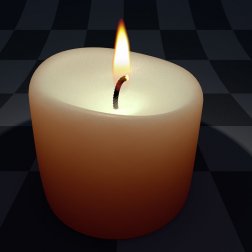
learn. Mastering Materials in Cinema4D : Part 01 from Tim Clapham
Total Running Time 4hrs 15mins
In this first of a series of tutorials for Mastering Materials in Cinema 4D, Tim Clapham takes you through the processes involved in building your own procedural materials using the Cinema4D shader system.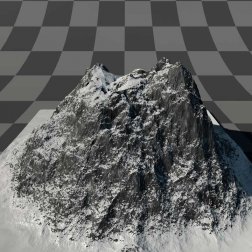 s and instead rely on tricks and techniques for controlling the Cinema4D native shaders. The advantage of creating procedural textures is that they are calculated mathematically and thus can be scaled to fit any model and will often tile seamlessly without any prepared UV map on your model.
s and instead rely on tricks and techniques for controlling the Cinema4D native shaders. The advantage of creating procedural textures is that they are calculated mathematically and thus can be scaled to fit any model and will often tile seamlessly without any prepared UV map on your model.
All of the materials are developed on suitable models which are supplied as part of the package and are free to use in projects of your own. The series comes with each scene completed so you can apply the materials immediately to your own projects, or use them to cross reference the settings as you follow the tutorial.
Candle
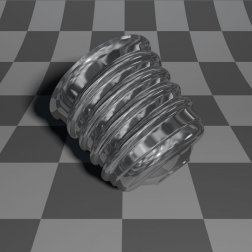 Starting with a blank candle, we build three different materials — the wax, wick and flame. This tutorial will teach you the ins and outs of working with sub-surface scattering including tips to for speeding up the render, when to use direct method over cache. The flame will be built using a combination of gradients and masks, combined with displacement. We will also use the proximal shader which allows you link the shader to the position of objects within your scene.
Starting with a blank candle, we build three different materials — the wax, wick and flame. This tutorial will teach you the ins and outs of working with sub-surface scattering including tips to for speeding up the render, when to use direct method over cache. The flame will be built using a combination of gradients and masks, combined with displacement. We will also use the proximal shader which allows you link the shader to the position of objects within your scene.
Mountain
 Starting with a simple plane object we will develop a complex shader setup using a combination of gradients, noise and sub-polygon displacement. We will use falloff to mask areas of the terrain and apply snow to the flatter parts of our model. The result is a complex looking terrain, simple to setup that can be duplicated, easily adapted and re-rendered with unique properties.
Starting with a simple plane object we will develop a complex shader setup using a combination of gradients, noise and sub-polygon displacement. We will use falloff to mask areas of the terrain and apply snow to the flatter parts of our model. The result is a complex looking terrain, simple to setup that can be duplicated, easily adapted and re-rendered with unique properties.
Metal
In these tutorials we build a series of metal materials. Starting with a very fast and clean metal suitable for many motion graphics applications and created using environment maps for speedy rendering, we then expand upon this foundation and create a chrome and a brass material, exploring the use of diffusion and reflection for more realistic results. Highly reflective metals can be slow to render due to multiple raytracing bounces and high anti-aliasing requirements, we examine certain render settings which can be used to reduce the number of ray bounces required and thus speed up the rendering process.
Alongside the simpler metals we begin with, the later classes take things deeper as we create a brushed metal and a polished steel using blurry reflections combined with anistropic highlights from the Lumas Shader.

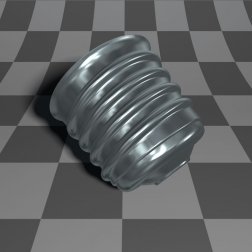
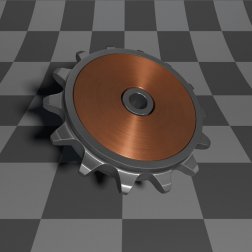
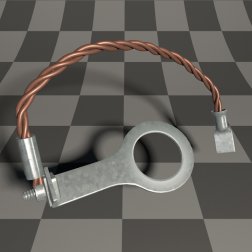
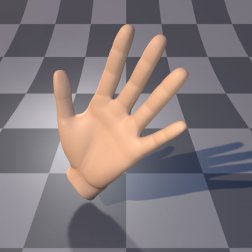

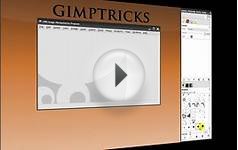






 Education in its broadest, general sense is the means through which the aims and habits of a group of people lives on from one generation to the next. Generally, it occurs through any experience that has a formative effect on the way one thinks, feels, or acts. In...
Education in its broadest, general sense is the means through which the aims and habits of a group of people lives on from one generation to the next. Generally, it occurs through any experience that has a formative effect on the way one thinks, feels, or acts. In...
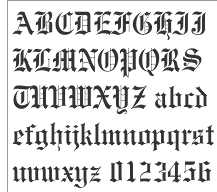 English is a West Germanic language spoken originally in England, and is now the most widely used language in the world. It is spoken as a first language by a majority of the inhabitants of several nations, including the United Kingdom, the United States, Canada...
English is a West Germanic language spoken originally in England, and is now the most widely used language in the world. It is spoken as a first language by a majority of the inhabitants of several nations, including the United Kingdom, the United States, Canada...